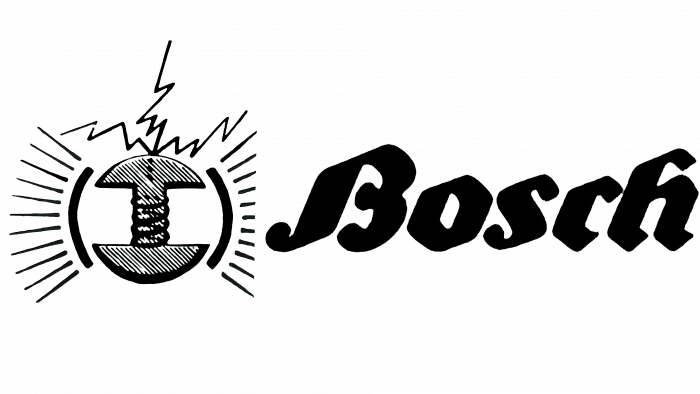

Even things that are denied government protection as a registered trademark can continue to use the ™ symbol. It could also mean that the person using it considers the unregistered product unique. Using the trademark superscript could mean that the claimed product is in the process of registering for a government registered trademark (more on that in a bit). There’s just one catch: ™ doesn’t necessarily mean that the product or good is actually a unique registered product. From a business standpoint, it’s used to show that the person who made and is marketing a product or good considers it to be distinct from others. You can find that little floating symbol just about everywhere from the grocery store aisles, to TV shows, to ironic Instagram captions. Trademarks are often claimed with the ™ superscript (a character that’s written above the line, as opposed to a subscript, which goes below the line). By extension, it can also be used to describe something that’s characteristic to a person or thing in a more metaphorical way, such as “the singer’s trademark rhythm.” The word trademark, first recorded in the mid-1500s, literally is the mark (as a name or logo) that is proprietary to a business ( trade). What does the trademark symbol (™) mean?Ī trademark is a name, symbol, or mark that distinguishes a product or brand from other products or brands. So what’s the deal with each, and what makes them different from each other? Let’s decode the symbol soup.

No matter how small, however, they are powerful and convey a lot of meaning. They can be large or close to microscopic.
R trademark symbol png movie#
If you’ve ever purchased a product, read a book, or watched a movie (read: everyone currently on this page), then you’ve likely seen four symbols time and time again: ™, ®, ©, and ℠.


 0 kommentar(er)
0 kommentar(er)
